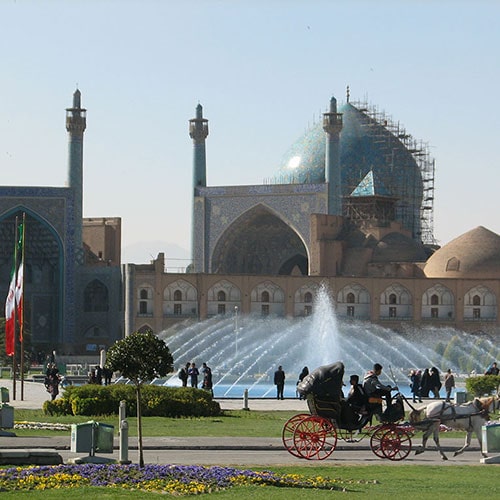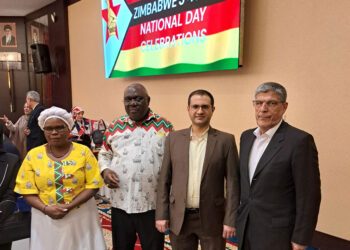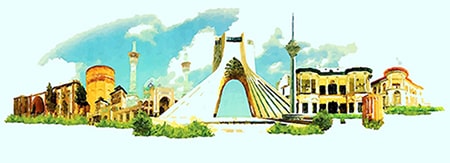ساحة نقش جهان

تُعرف ساحة نقش جهان أيضاً باسم ساحة شاه وبعد الثورة الإسلامية تُعرف رسمياً باسم ساحة الإمام. هذه الساحة هي الساحة المركزية في أصفهان وتقع في قلب مجمّع نقش جهان التاريخي. یقع بعض المعالم التاريخية على الجوانب الأربعة لساحة نقش جهان کعاليقابو ومسجد شاه (مسجد الإمام) ومسجد الشيخ لطفالله والبوابة القيصرية. هناك 200 غرفة في طابقين حول الساحة بالإضافة إلى هذا المبانى التی تباع فیها الحرف الیدویة. سجّلت ساحة نقش جهان في قائمة المعالم الوطنية لإيران في 28 یناير 1935. هذه الساحة كانت من أولی المعالم الإيرانية المدرجة في قائمة التراث العالمي لليونسكو في مایو 1979. طول ساحة نقش جهان 560 متراً وعرضها 160 متراً.
كانت هناك حديقة كبيرة وواسعة في هذه الساحة تسمّى نقش جهان قبل أن يختار الصفویون مدينة أصفهان كعاصمة لإيران. كانت هذه الحديقة موقعاً للمباني الحكومية وقصر الحكام التيموريين. كانت المنطقة تسمى بوابة القصر في ذلك الزمان. يقع هذا القسم على الجانب الغربي من ميدان نقش جهان اليوم وهو موقع بناء عاليقابو. توسّعت مساحة الساحة في بداية عهد شاه عباس الأول. عقدت طقوس الإضاءة والألعاب النارية فيها في هذا العهد. كانت الساحة حية ونشطة في العهد الصفوي، لكن في عهد شاه سليمان وشاه سلطان حسين ركدت الممرات المائية وجفت الأشجار المتبقية من الأشجار التي زرعها شاه عباس.
معرض الصور








